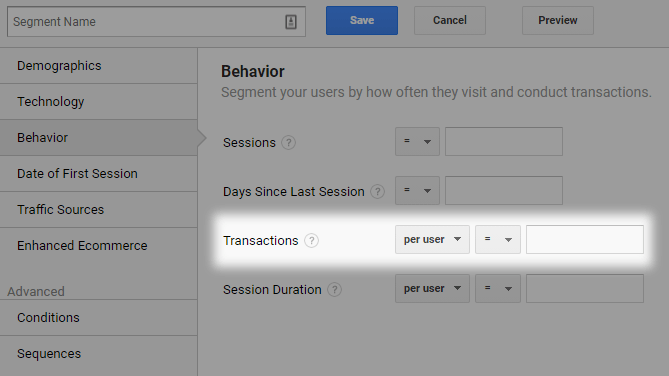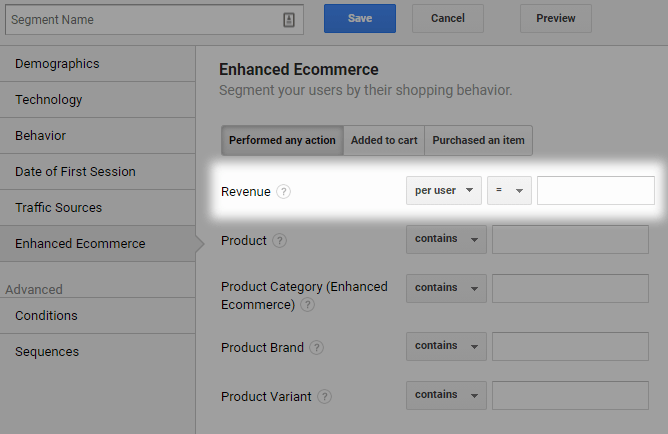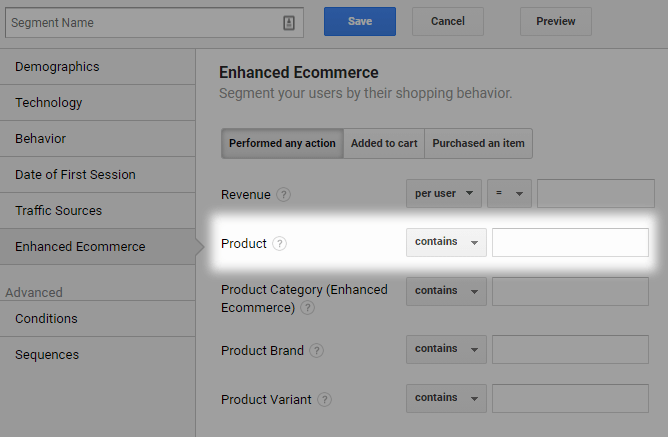This is a guest blog written by Bidnamic. Google Shopping platform provider Bidnamic, works with their clients to identify post-purchase data that can be used to improve targeting and bid optimization. This includes average order value, return rate, and lifetime value (LTV).
Most marketing and ecommerce specialists are well versed in using data like click-through rate, cost-per-click and cost-per-acquisition to optimize their search marketing campaigns.
But what about data that is generated after the purchase is completed, like loyalty and lifetime value (LTV)? How can that be used to improve the performance of new customer acquisition channels like PPC and Google Shopping campaigns?
Many ecommerce companies use a target return on ad spend (ROAS) to inform their bidding strategy, calculated by dividing the cost of clicks (advertising spend) by the value of the orders generated. ROAS targets vary depending on the market but usually sit between two and ten times the advertising spend.
Using ROAS focuses on the immediate value from an individual sale and prevents ads from serving for searches where the CPC would be too high, therefore avoiding sales that – on the face of it – would be unprofitable.
However the true value of a customer goes beyond the initial sale. Repeat purchases, return rates, and refer-a-friend schemes can all impact the true (lifetime) value of a customer. Using LTV to adjust your Google Shopping bid strategies to capture and retain the customers that are the right fit for your business and, over time, will help generate the most profit.
How best to use this data will vary from business to business, however here are some examples of tactics that have worked well for our clients.
Targeting high LTV customers with Customer Match
In Google Ads, Customer Match lets you use your online and offline data to reach and re-engage with your customers across Search, including Shopping. It also allows you to upload a list of customers to use in retargeting as well as to target prospective customers.
This is great for making sure you feature in the Shopping carousel for existing customers: Bidnamic’s data shows that 65% of shoppers click on the first advert in the carousel. And the last thing you want is for your hard-won customers to buy through a competitor.
Customer Match really comes into its own if you are able to filter out a list of customers with the highest LTV and upload the list to Google Ads. These are the people with the highest value to your business, and because they know and trust your brand, click-through rates are more likely to be higher. So identifying your highest LTV customers and targeting them using Customer Match enables you to bid more intelligently than the competition to retain your customers’ loyalty.
Targeting look-alike high LTV audiences with Customer Match
Google Ads also enables retailers to create campaigns targeting shoppers with a similar (or look-alike) profile to your highest LTV customers. With its unmatched wealth of data, Google is able to tap into the likes and dislikes of your high LTV customers, facilitating the creation of audiences with similar preferences who, statistically, are more likely to convert.
Since every business is different, this method helps retailers ensure they reach prospective customers whose likes and dislikes fit best with what they have to offer.
Read more about Customer Match here.
Using LTV to build customer segmentation with Google Analytics
The Custom Audience Segments feature in Google Analytics offers a number of options to build audiences with a high potential LTV and export them into Google Ads. Again this approach can be used for remarketing and for targeting prospective customers.
Customers who have made multiple purchases over a certain time period are likely to have a higher LTV. You can create a segment based on customers who have made two or more purchases over a specific time period through this screen:

Of course not all purchases are high value, so you can also add a modifier to specify a minimum revenue value:

At Bidnamic we found a trend in conversion data amongst the customers of one of our clients, an online sports retailer. Customers who made an initial (low-value) purchase of golf balls subsequently went on to purchase other, high-value items. So we were able to set up a segment for customers whose first purchase was for golf balls using this field:

Building high LTV with Google’s Affinity Audience tool
The Affinity Audience tool in Google Analytics provides another opportunity to optimize your Shopping campaigns to target high LTV prospects.
In Analytics an ‘affinity’ is an area of interest, determined by a user’s search history.
At Bidnamic we analyzed the affinity data for customers of a client that sells shirts. We identified that customers with an interest in education were more than twice as likely to convert after clicking on an advert, and built a custom audience targeting this group.
This also provided the client with an opportunity to focus their loyalty campaigns on customers who they knew worked in education and to time their campaigns to run just before the start of the new school year.
You can read more about Custom Audience Segments here.
Summary
In many sectors, the cost of winning new customers has been gradually increasing for several years. Online competition has increased, making it harder to capture the right click at the right cost.
Building LTV is a sure way to offset the rising cost of acquisition whilst building profits. But the value of LTV goes beyond repeat purchase values – LTV data can be used to improve targeting, minimize wasted clicks, and improve the ROAS of search marketing and advertising campaigns.
A bit about Bidnamic
Many of the techniques mentioned above can be automated through Bidnamic’s Google Shopping platform, which uses advanced machine learning techniques to automatically place the right bid at the right time based on the potential value of each click.
If you’d like to learn more about how Bidnamic’s technology could optimize your performance on Google Shopping, get in touch and speak to one of our Google Shopping specialists today.





